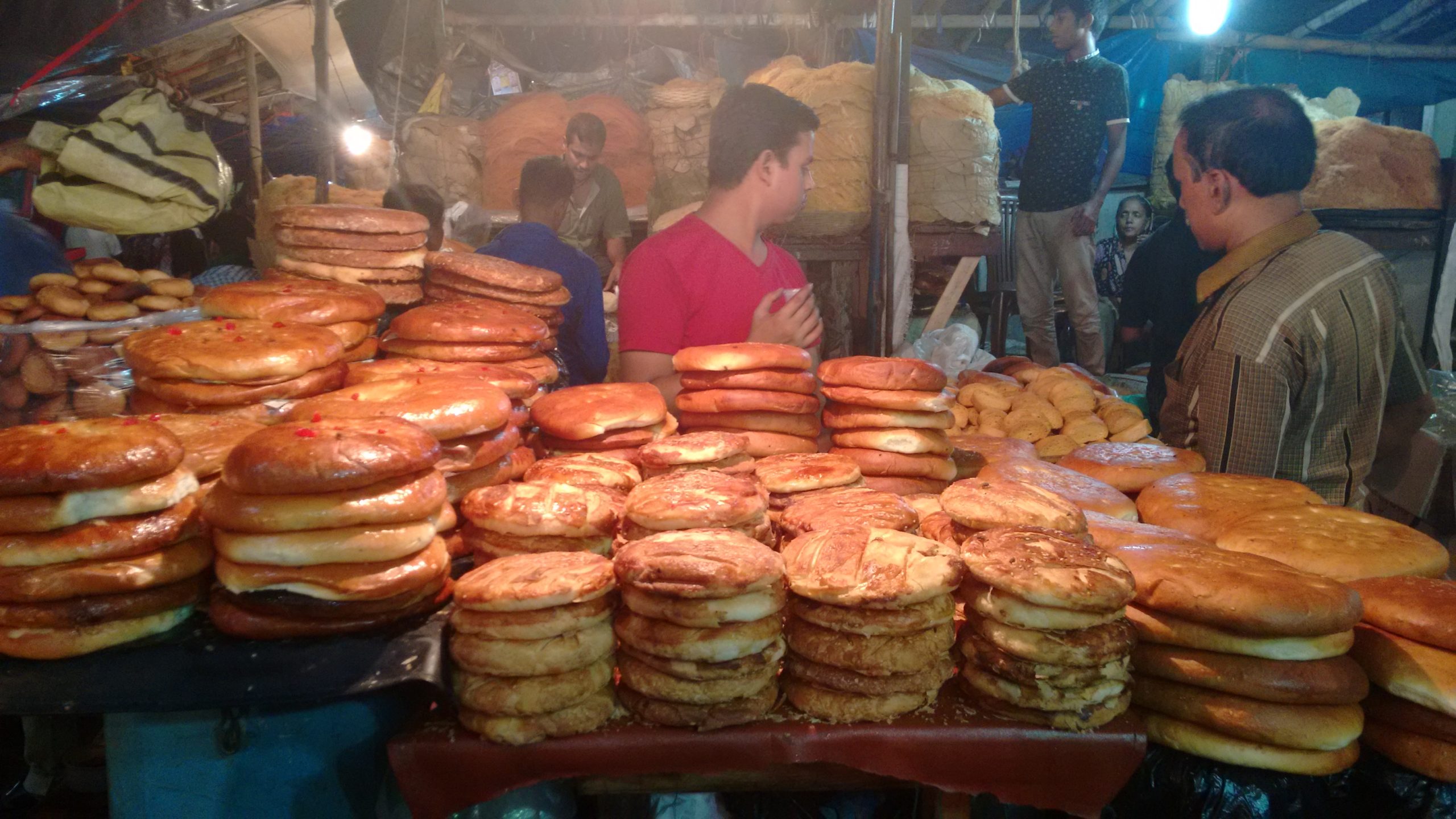Every night as the solar goes down inside the month of Ramzan, many Dilliwallahs are drawn to the Muslim-dominated areas of the town. Those who dream of ideal kebabs, rich mutton korma, delectable phirni, and the likes end up at Matia Mahal, the de facto center of Mughalia cuisine within the town. The plan is to partake in the iftari ceremonial dinner and, in a good deal, get a whiff of Ramzan festivities too. They are ready to sweat it out, rather profusely, in the narrow lanes and amongst a jostling crowd to have this enjoyable.

But first, it has to be made clear that the proper word to explain the delicacies we are speakme approximately is Mughal cuisine and no longer the conventional utilization of the term as Mughlai cuisine. As consistent with the well-everyday authority on Indian delicacies, Sohail Hashmi, there’s no such component as Mughlai meals. The correct usage as according to him is Mughal cuisine. And we don’t have any cause to dispute that.
The remnants of the famed Mughal cuisine live to tell the tale in a few shapes in Old Delhi. What commenced as a natural indulgence of the Mughal emperors and nobles and attained the tiers of virtually an art shape has persisted in Old Delhi even though the Mughals have lengthy long gone. Matia Mahal provides a window to that wealthy culinary beyond.
Matia Mahal, close to Jama Masjid, is a slender, busy, congested, and vital Old Delhi avenue that hides inside its folds, nooks, and corners, the glimpses of Delhi’s culinary regal past. Nicely-Spent culinary nighttime here would consist of an assortment of kebabs, curries, sweet savories, and plenty more the road has to provide.
The street named Maia Mahal starts offevolved from the West Gate (Gate number 1) of Delhi’s well-known and historic Jama Masjid. Matia Mahal actually manner market of the earth shade palace. The palace, although, is no longer traceable today. Instead, there is a road coated with stores promoting all kinds of things except food. For the month of Ramazan, the street embellishes a festive look.
The road Matia Mahal begins just contrary to the Jama Masjid’s Gate no 1. Your culinary journey would start the moment you step everywhere near the mouth of the street. Amidst the jostling crowd of customers, beggars, and move of human beings venturing into and out of the road, you’ll spot a few kebab stalls in your right. You are actually at the mouth of the well-known food avenue.
Warning: matters can get a bit too crowded and, as a result, uncomfortable here inside the evenings, specifically all through the month of Ramazan. Also, the road ground is easy and will be a sort of a traditional surprise for the uninitiated. The beggars, too, maybe a continual irritant. The exceptional policy would be not to indulge them.
If you need to do your bit for the negative, that you might come across in large numbers in the street, then the thing to do is to shop for meal coupons from the restaurants in the road. You will be aware of a whole lot of poor human beings squatting next to the eating places. These are the humans waiting for the site visitors to shop for food coupons from the eating places who might then feed these poor.
Just after the famous Kallan Sweetshop, which specializes in keema samosa, on your left, as you input Matia Mahal, you may spot the well-known Karim’s and simply after it (and if pro connoisseurs are to be believed, it is an awful lot higher than Karim’s) Al Jawahar. Al Jawahar has now separated into one-of-a-kind shops, positioned after every other.








